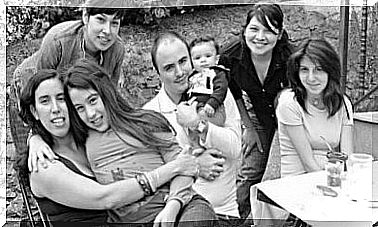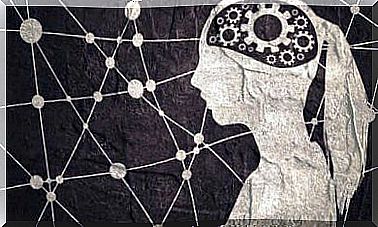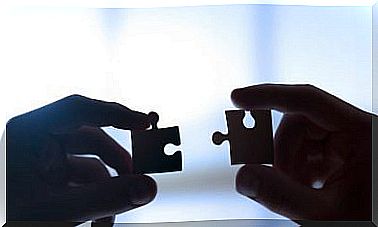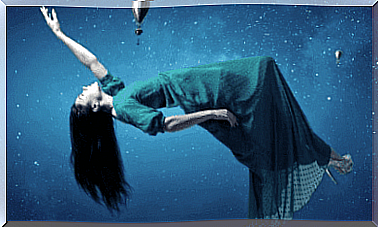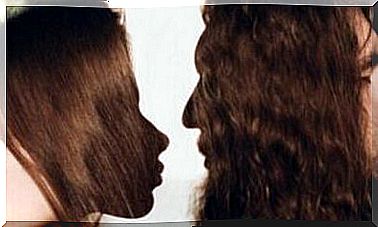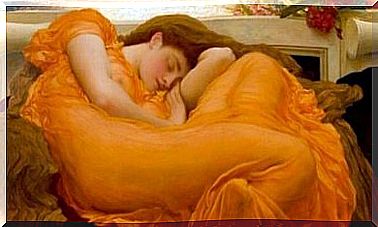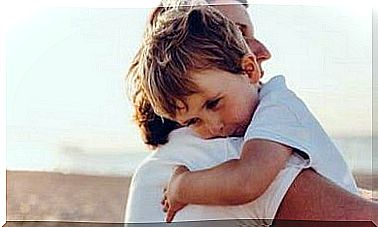G. Kelly’s Personal Construct Theory
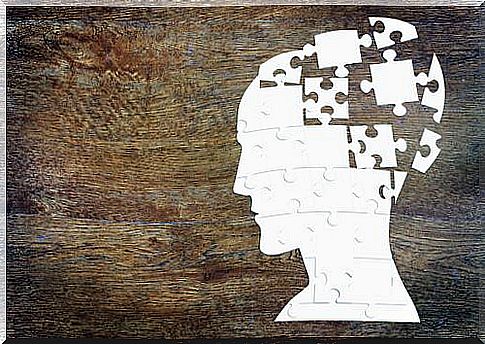
In 1955 George Kelly presented the theory of personal constructs as an alternative to the two main approaches then in force to describe human understanding: behaviorism and psychodynamic theories (psychoanalysis). This current challenged the psychological thinking present until then.
Traditionally, psychological research has considered people as subjects, thus differentiating them from someone who, like them, tries to make sense of events. In this sense, Kelly suggested the need to change the way we see science when applied to humans.
The premise of George Kelly’s personal construct theory was straightforward, but radical. He claimed that people never know the world directly, but only through the images they create. In light of this, he conceives the human being as a scientist who constructs and modifies his knowledge and hypotheses with experience.
Constructs, therefore, are the mental maps we have of reality, as well as its opposites. To define something, it is therefore necessary to verify what it is not, according to Kelly’s theory. For example, happiness for me can be conceived differently than another person, and this will depend on my personal interpretation of what it means to feel bad on an emotional level.
George Kelly’s Personal Construct Theory invites us to understand how each of us views the world. Instead of using complex psychological concepts to understand people, this current of thought tries to understand people in their own terms.
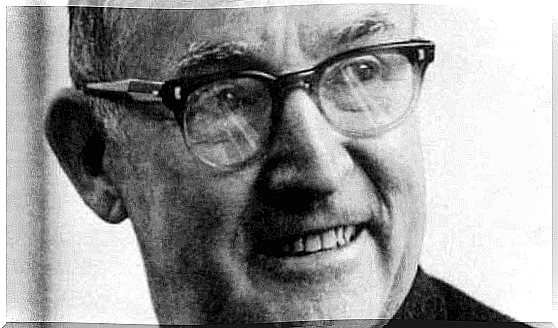
Psychology of personal constructs
During the 1950s, behaviorist and psychoanalytic perspectives were still predominant in psychology. Kelly, on the other hand, saw people as active creators of their own reality. This approach contrasted with the ideas of both currents, in which the subject had very little scope to change his view of the world.
Kelly argued that since we are born, we develop a set of personal constructs. These are essentially mental representations that we use to interpret events and give meaning to what happens. They are based on our experiences and observations.
Instead of seeing humans as passive subjects at the mercy of associations, reinforcements, and punishments in their immediate environment (behaviorism) or their unconscious desires and childhood experiences (psychoanalysis), Kelly argued that people play an active role in how they recognize and they interpret knowledge.
Over the course of our lives, we carry out “experiments” that test our beliefs, perceptions and interpretations. If these experiments work, they reinforce our current beliefs. When they don’t, we can change our points of view. For Kelly’s personal construct theory, this point is fundamental.
Following this process, we experience the world through the “lens” of our beliefs. They are used to predict and anticipate events, which in turn determines our behaviors, feelings and thoughts.
Kelly also argued that all events are open to multiple interpretations. In his works he referred to them as constructive alternatives. When we try to make sense of an event or situation, we can also choose which construction we want to use to explain it.
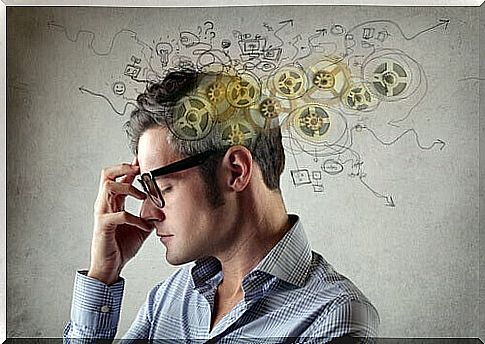
How we use constructs
Kelly argued that the process by which we use mental constructs works in a similar way to how a scientist uses a theory. First of all, let’s start with a guess as to why a situation occurs. Then, we try to apply the construct and predict the outcome we believe will occur. If we guess right, then we know that the mental construct used is useful in that situation and we keep it for future use.
However, when our predictions don’t come true, we can take three paths :
- Reconsider how and when to apply the construct.
- Alter the construct.
- Abandon it entirely.
On the other hand, the recurrence of a situation plays an important role in the theory of personal constructs. The latter arise because they reflect things that are often repeated in our experience.
Kelly also believed that the way we see the world tends to organize itself in a hierarchical manner. Thus, more basic constructs can be found at the base of the hierarchy, while the more complex and abstract ones are located at the higher levels.
According to Kelly, the constructs are bipolar. In other words, each construct consists of a couple of opposite faces. The side that a person applies to an event is known as the emerging pole; what is not applied, on the contrary, is the implicit pole.
Finally, it is essential to remember the emphasis on individuality in personal construct theory. They are inherently personal because they are based on each person’s life experiences. Each individual’s belief system is unique and it is the individual nature of such experiences that makes the difference between people.
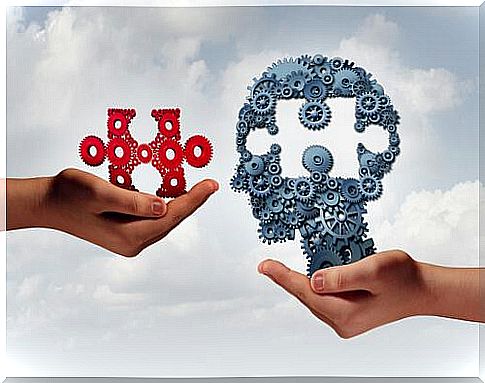
Validity of the theory of personal constructs
George Kelly argued that the validity of any theory lies in its usefulness. In the case of his theory, its usefulness has been confirmed in several fields. These include linguistics, history, psychotherapy, administration, organizational development, market studies, sociology, psychiatry and psychology.
Nowadays the personal construct theory is alive and active, thanks to organizations that do research in America, Europe and Australia.
